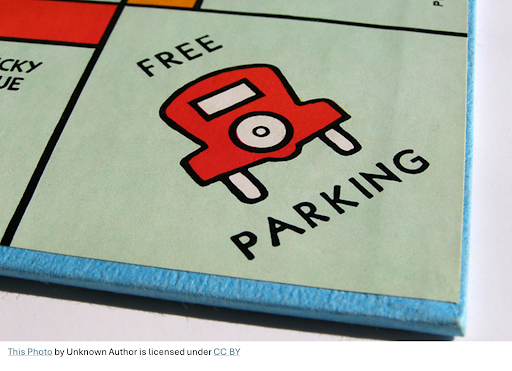Colorado was just one of the examples used by protesters in the British Isles demonstrating against the increased use of hydraulic fracturing in the UK, but unfortunately, the demand for natural resources and energy sources silenced the thousands of people gathered to resist the expansion of fracking into Europe last month. Hydraulic fracturing, or fracking, is the use of water to break apart shale underground to allow for the release of natural gas and oil.
With the escalation of tension between the Russian Federation and the West, the United States has started to increase funding given to companies who prioritize fracking in the Midwest. This move sent a ripple effect to Britain, Spain and France, all of whom have also started looking into expanding the use of this harmful practice, even though they banned it in the past.
With disastrous consequences, campaigners for fracking have won over Colorado’s legislature for decades. This has allowed for the use of hydraulic fracturing to spread into residential areas, including Trinidad, parts of Aurora, Denver, Westminster, Elizabeth and Lakewood. Recall the tons of water that are poured into the wells to hydraulically separate the oil and gas from the shale: This water becomes enriched with natural uranium and its deadly daughter Radium-226, as well as vast amounts of the radioactive alpha –emitting gas Radon-222, and its own daughters Bismuth 214, Lead-210 and Polonium-210. Christopher Busby, an expert on the health effects of ionizing radiation and Scientific Secretary of the European Committee on Radiation Risk, has confirmed the presence of these elements and warned about their toxicity, even in very small amounts. The leftover water is then collected and injected into the earth at another location, mostly in the plains east of Denver.
Colorado has not yet seen some of the larger-scale side effects that have been observed in areas where fracking is abundant, but environmentalists advise that the plagues that have tormented areas such as Oklahoma will soon follow if the practice is not stopped, or at the least more heavily regulated. In the past year, Oklahoma residents report up to 250 earthquakes have been felt, and hundreds more that humans are not sensitive enough to feel. Last summer, Trinidad, Colo. Suffered a 5.2 magnitude earthquake immediately after several tons of radioactive water from fracking were injected into the crust.
Fracking may seem like a good idea on the surface — the average citizen may have been indoctrinated to think that it is just like mining: both necessary and efficient. It is to our advantage that environmental groups have drawn attention to the true harms brought to the earth, air and people by this practice. At its very root, fracking involves millions of gallons of water and sand being dumped into mile-deep holes drilled into the ground to isolate gas and oil from sediment. Other chemicals, such as the ones mentioned, are also freed. There is no way to then recollect these chemicals, and they can leak into aquifers and leach back into the surface soil.
The unsustainable method of hydraulic fracturing does not have many supporters. This is due to the fact that many people realize how unsustainable it is. As a child, you probably conducted experiments with fracking in the sand at the beach or in a sandbox. Sticking your hand into and under the sand, children investigate for how long they can horizontally dig under the surface until their tunnels collapse. Without regard to the stability of the earth’s crust, there are now millions of miles of tunnels about a mile under the surface, all over the globe. These tunnels allow for gases and minerals to escape to the surface and create cracks along the earth’s crust.
Advocates for fracking demand attention toward the fact that is has been used for years, with minimal harms, and that it is necessary to continue this practice if the U.S. wants to stay ahead in the race for energy. Leeches were used to “cure” a multitude of illnesses 200 years ago, but progress mandated a change in the field of medicine. Just because something used to be considered good does not mean it will always actually be good, and it does not warrant a discontinuation of research for safer and more renewable energy sources. While some claim that fracturing allows for sustainable use of wells and resources, the facts disagree. In Colorado alone, there are thousands of abandoned wells that continue leaking dangerous chemicals and gases with a high global warming potential.
We are the next generation, and we will have to live somewhere. Currently, Mars is uninhabitable, so it is in our best interest to preserve the planet we have. By cracking the crust, we do not ensure a bright, viable future. Once a horizontal well is created, there is no way to fill the hole after the gas is extracted, and no way to save drinking water wells, aquifers, streams or earth soil from radiation and toxicity. Even if your plan B is Mars, don’t think you’ll escape the effects of releasing uranium and polonium into the atmosphere: Infertility, birth defects, cancer, lesions, respiratory infections and neurological symptoms have all been documented in people who live in close proximity to a fracking well.
As students, there are many options available to us to make our voices heard. The Earth and Sustainability group on campus works with the environment, and we could vote on legislation about banning fracking in the state. The option of writing our senators about our











